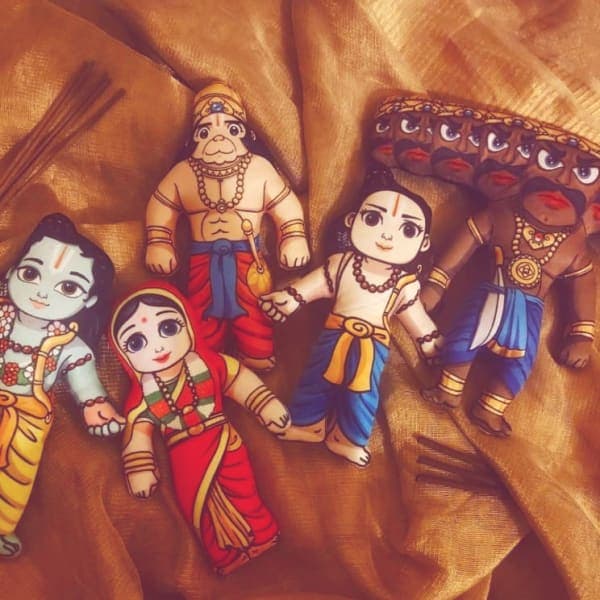Mudikondan Kothandaramar Temple
Mudikondan, Tamil Nadu
The Mudikondan Kothandaramar Temple, located in the Tiruvarur district of Tamil Nadu, is a distinguished Hindu shrine dedicated to Lord Rama, the seventh avatar of Vishnu. Celebrated by Maharishi Valmiki, this temple is recognized as one of the 108 Abhimana Kshethrams in the Vaishnavite tradition and forms part of the Pancha Rama Kshethrams, a series of temples with direct associations to the Ramayana. Positioned strategically 20 kilometers from Mayiladuthurai and 15 kilometers from Thiruvarur in Nannilam taluk, it draws both pilgrims and enthusiasts eager to explore its religious and historical significance.
Temple Information
- Deity: Lord Rama (Kothandaramar)
- Location: Mudikondan, Tamil Nadu, India
- Architectural Style: Traditional South Indian architecture, featuring Dravidian elements like gopurams and intricately carved pillars.
- Significance: The temple is known for its historical and cultural importance in the region, particularly among devotees of Lord Rama.
History/Historical Events
The historical significance of the Mudikondan Kothandaramar Temple is deeply rooted in the epic narrative of the Ramayana, particularly in the life and journey of Lord Rama, the seventh avatar of Vishnu. This temple's history is intrinsically linked to a pivotal moment in the Ramayana, as narrated by Maharishi Valmiki.
According to the epic, during Lord Rama's return from his victorious campaign against Ravana, the event known as Ravana Vadha, he, along with Sita and Lakshmana, traveled in the divine aircraft, Pushpaka Vimana. Their journey back to Ayodhya included a significant stop at the hermitage of Sage Bharadwaja. It was here that an important and revered incident took place, as documented in the Valmiki Ramayanam, Yudhakandam, specifically in the 124th sargam’s first poem.
Upon their arrival, Sage Bharadwaja offered a feast to Lord Rama and his companions. However, Rama, adhering to his devout principles, insisted on performing puja to his Kuladevatha, Lord Sri Ranganatha, before partaking in any feast. Respecting Rama's devotion and commitment, the sage installed an idol of Sri Ranganatha, facilitating Rama's worship. Following the puja, Rama accepted the sage's hospitality. Remarkably, at this juncture, Lord Rama gave darshan (a divine appearance) to Sage Bharadwaja in his coronation form, complete with a crown (‘Mudi’ in Tamil), even before his official coronation in Ayodhya. This significant event led to the place being named Mudikondon, and Rama being venerated as Mudikondaramar in this temple.
Furthermore, this historical narrative is not only a part of sacred texts but also finds resonance in the living lineage of the village. Mudikondan, to this day, is inhabited by direct descendants of Sage Bharadwajar, thus serving as a living testament to the events described in the Ramayana.
The Mudikondan Kothandaramar Temple, through its association with these events, stands as a monument not just of religious devotion but also as a place where history converge, offering devotees a direct link to the divine and legendary past of Lord Rama.
...




